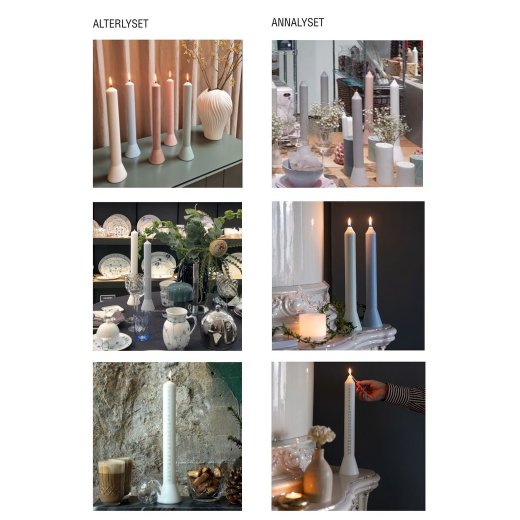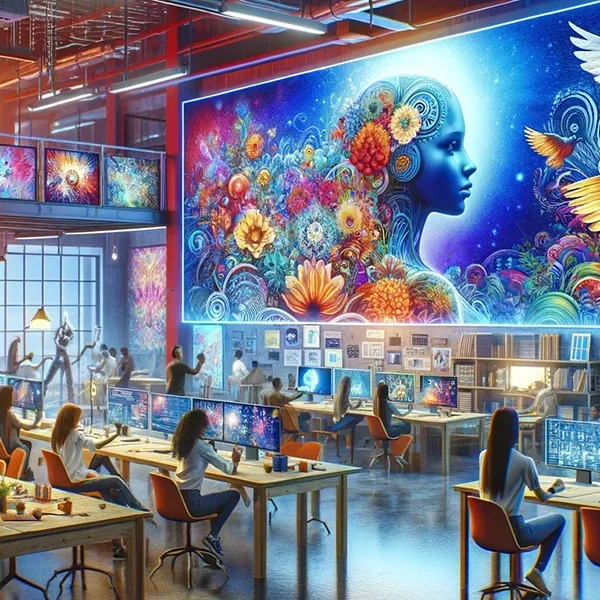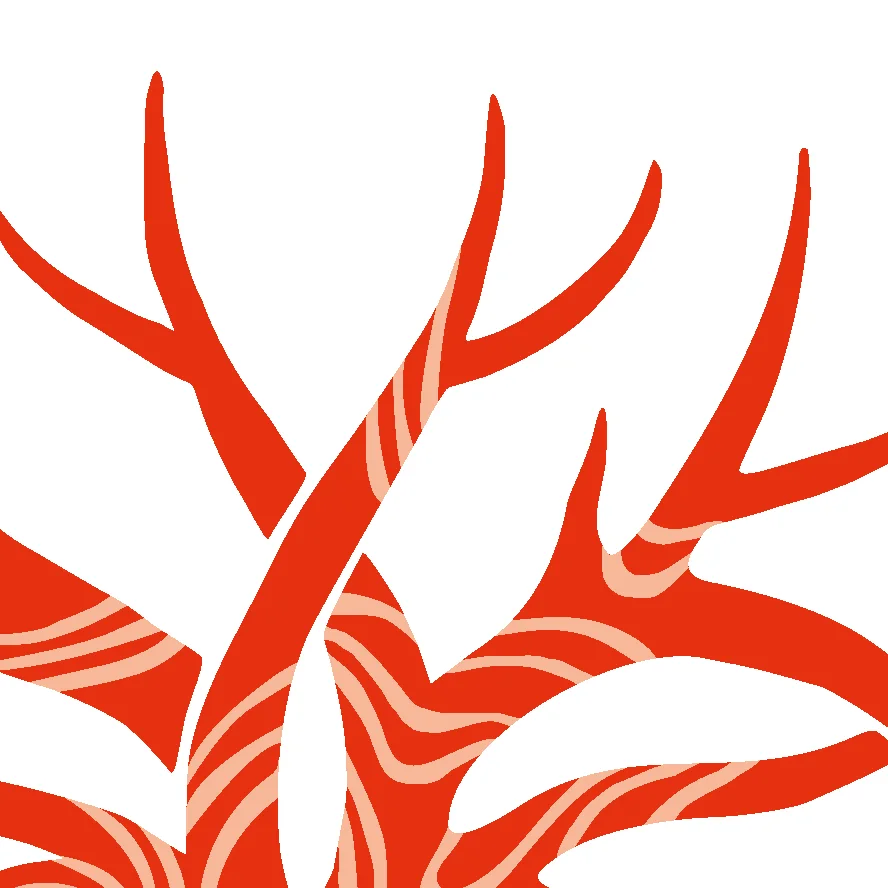Designing for Interdependence

How can we design for mutually beneficial relations with other species in the places where we live?
by Martín Ávila, 29.09.2023
You and I have wondered many times what something is. In forests, cities, and other places, we have encountered things that we just did not know what they were, what they did, nor why those things were there. In cities, where most things are controlled and made by people, we still encounter things that are not directly accessible to interpretation based on the way they look. Even at home or at our workplace, have we wondered how simple things such as doors or windows could be opened, or lights turned on. Not to mention the many artefacts that require instruction manuals to be operated at all, from mobile phones to air conditioning systems, to alarm clocks and countless others.
Many other-than-humans live in cities as in any other place, and whether humans want to communicate with other beings or not, there are always interpretations of the things that we create by all kinds of beings. They navigate these places based on their own perceptual and behavioral capacities, but in their dependency of things that are becoming rare or no longer present (specific plants to pollinate, insects to feed on, cavities to find shelter, distances to travel, etc.), human constructions displace them, not taking their needs into account and making them more vulnerable.
It is this interruption of interdependencies that undoes the living. Their disappearance is a threat to life, human and other. Their disappearance and our lack of acknowledgement of their lives is a retreat of life. Like everything else, the commons of air, water, or food, to mention three essential ones, are enacted by interdependencies, mutually constitutive processes that form one another. Things exist at all only due to the dependence on other things.[1] At the moment of writing these words, ‘I’ depend upon many things that make my body not totally distinguishable from its surrounding environment. We depend upon things that we normally take for granted. For example, I depend upon the air that I am constantly breathing, and the water and food that I previously ingested, which form part of my metabolism. In a real sense, these not only ‘maintain’ but constantly ‘create’ me. If the air that I breathe did not have oxygen, a series of processes would lead to my collapse within minutes and ‘my’ relations to the ‘environment’ would change radically. Needless to say, that the amount of oxygen in the air depends upon plants of all kinds producing it through photosynthesis, which in turn are dependent upon myriad processes that we cannot take for granted. The dependencies of soil, plants and sun enact the first steps in so-called food chains, since plants are eaten by herbivores who in turn are eaten by carnivores, who in turn, once they die, become food to decomposers and microbes, making available nutrients to soils and plants, continuing the cycles of regeneration. Dependencies across a continuum of living with non-living entities. Through these processes, we bring forth worlds by living, and thus enact what is natural for humans to produce: the artificial. Yet the dominant culture of the artificial does not participate in the lifecycles of most beings, enacting destructive patterns which are not conductive to the affirmation of life.
It is this interruption of interdependencies that undoes the living. Their disappearance is a threat to life, human and other. Their disappearance and our lack of acknowledgement of their lives is a retreat of life.
Can we take other modes of being and perceiving into account to create a design culture that is life-affirming by participating in the lives of humans and others in ecoliterate ways? The answer is yes, and it demands a paradigm shift, for a design practice that moves away from exclusively anthropocentric interests to a practice that is ecocentric and responds to the many tensions of multispecies cohabitation. A design practice attentive of relations and their becoming, rather than of things and their being. Or more precisely, attentive to the becoming of things, from the beginning to the end of their life cycles, as they relate to environments and beings of all kinds.

Devices include and exclude across species, even when they have been designed for human
use only.
What if we were to use a hyphen in the word alternative and write alter-native to help us think of the relations enacted by the artefacts we devise? I suggest that by using the word alter-native to describe artefacts’ relations to environments and beings, one indicates the alterity of a thing, its own foreignness to environments by being artificial, fabricated by humans. Naming something alter-native also demands thinking how some-thing alters the relations to those that live in an environment, and how it makes them different in some way. An alterity which additionally demands thinking how these things may be designed for co-adaptation by acknowledging multiple species’ capabilities. Through these ongoing considerations, the notion of alter-natives can help us to conceive artefacts that are alternatives to the current paradigm of artefacts designed without attention to the ecological realities of the places where they will be constructed, used, or discarded. As such, what may be understood as alter-natives are artefacts that, to the highest possible degree, participate in the affirmation of life processes, as opposed to most artefacts which create abstraction and remoteness to the living and by means of their very global character claim to ‘function’ in any environment.
Yet, it is not strictly the global character of these artefacts that is threatening life systems, rather it is the erasure of the localities and the biotic links by means of the lack of recognition of the biophysical realities of the different places where these artefacts are produced, used, and discarded. Artefacts may still be coupled to global material streams, if the global network of actors that provide the product-service-system manages to affirm the biophysical constraints through the relations of the product and by-products that affect the local ecosystems at the different stages of its life cycle, from production to discard.
The category alter-natives refers only to the status of artefacts produced by humans, addressing how varying responses at different scales relate to locations as they participate, or not, in the enlivening of those places.
By striving to produce alter-natives material cultures may emerge where artefacts diversify by attending to the multiplicities of life, rather than to the unidirectionality of financial interests or the unilateral inertia of human performativity. Since what is at stake is the reworkings of a dominant material culture that has become synonymous with consumption (product design), it is of particular importance to frame the effort to conceive artefacts as alter-natives, as a critical approach that “must aim to replace the consumer-driven narratives of place that mark our lives by different ones that make our ecological relationships visible and accountable.”[2]
By striving to produce alter-natives material cultures may emerge where artefacts diversify by attending to the multiplicities of life
Choosing to ask whether devices can be alter-natives, demands unfolding whether that happens, how that happens, when, where, and for whom that may be. The notion of alter-natives does not explain, nor explicate; it demands answers, specific, situated answers, the implications need to be unfolded, traced, maintained, and actualized.
By highlighting the word ‘native’ with the hyphen, I am not suggesting a binary and simplified opposition native-alien. To strive to become alter-native does not mean to claim ‘nativity’, ‘indigeneity’, or ‘endemicity’, rather, it is a process of ‘nativisation’, ‘indigenisation,’ or ‘endemisation’ through a search that attempts to affirm the possibilities of behaviour of those that live in a given place, some of which may be unique to the environment (endemic or indigenous), while others may be natives or foreigners to the places they inhabit.

with humans addressed in this project, a wider metabolic reality is considered, by which
each individual household of the city is participant in an urban metabolism. How do things
mediate our relations to others, including those that may threaten us, so that these things
can be conductive to the affirmation of life?
What is at stake is the enactment of enlivenment through the artificial. While human and many other species are generalists (to varying degrees), numerous species are specialists and have co-evolved through specific relations with other species of the places they inhabit, developing co-dependencies and unique forms and processes in response. These niched capacities make them vulnerable when local differences are not recognised.
Amid so many absences of living creatures displaced by our designs, there is an urgent need to enact a culture that re-links to the living. This would be a practice of designing for interdependence, a practice that undoes the perception of humans as independent creatures detached from environments and other beings, and thus, a practice that changes the paradigm of design from anthropocentric to ecocentric, and from extractive and exploitative to life-affirming.
Notes
This article is based on and a synthesis of some of the arguments in my latest book Designing for Interdependence: A Poetics of Relating. Bloomsbury, New York (2022). An extended version of this article is to be published under the title “(De)signs as response”, part of the material developed for the Croatian Pavilion at the 18th Venice biennale “Same as it Ever Was”. Forthcoming 2023.
[1] This view of interdependence is what biologist Kriti Sharma understands as “contingentism.” Something is contingent when its existence depends upon something else; we can practice this thinking and understanding by constantly asking the question “What does this depend on?”. See Sharma, K. Interdependence. Biology and Beyond. Fordham University Press. New York (2015).
[2] Plumwood, V. Shadow Places and the Politics of Dwelling. Australian Ecological review. Issue 44. (2008: 140).
Facts
Martín Ávila is a designer, researcher, and Professor of Design at Konstfack, the University of Arts, Crafts and Design in Stockholm, Sweden, where he is artistic leader for Design and responsible for the MA Design Ecologies.
Martin’s research is design-driven and addresses tensions in interspecies cohabitation. He is currently working on a collaborative project entitled “Material Cultures for Interspecies Cohabitation,” financed by the Swedish Research Council (2023-2026). His latest book Designing for Interdependence: A Poetics of Relating was published by Bloomsbury in October 2022.
See also www.martinavila.com



